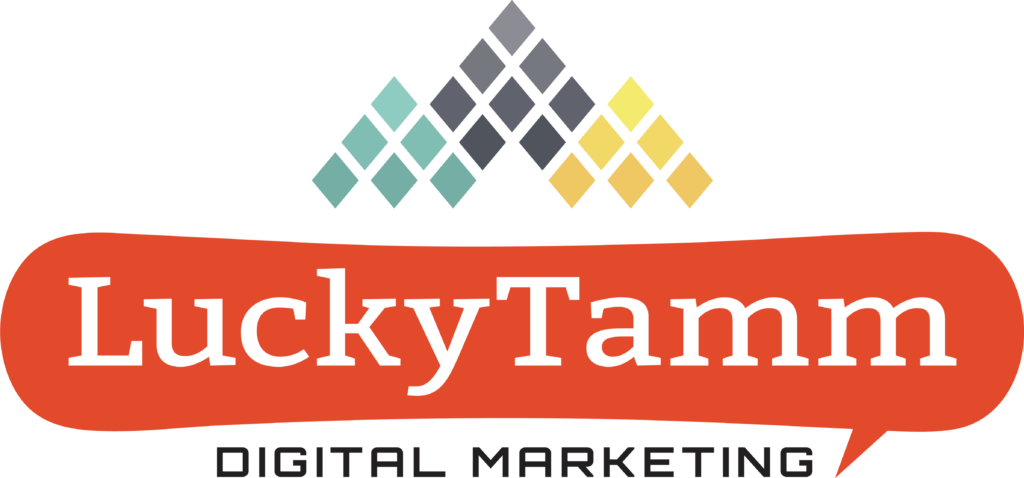James M. Strock writes, “Twenty-first-century leadership relationship dynamics are from the bottom up rather than the top-down, from the outside in, rather than the inside out.” This passage captures the essence of servant leadership — a model that Robert K. Greenleaf first coined in his 1970 essay “The Servant as a Leader,” but which has become more timely than ever in today’s business and marketing environment.
What’s servant leadership?
In his formative essay, Greenleaf wrote, “The servant-leader is servant first… It begins with the natural feeling that one wants to serve, to serve first. Then conscious choice brings one to aspire to lead.” In other words, a servant leader is one who is a servant first. He didn’t call his model “a leader who serves” for a reason. A servant leader is someone who focuses on the needs of others first and who serves a larger good, an idea that’s often at odds with traditional leadership tactics and strategies.
This approach can impact how organizations function, as well as the broader world. Within your organization, adopting a servant leadership model requires considering the needs of team members before your own. It means acknowledging other people’s perspectives and personal goals before yours. It involves building a sense of community. In his essay, Greenleaf boiled down the approach to eight primary principles, including:
- Empathy, or experiencing the world through another’s lens (For example, perceiving the need for and fostering employees’ work-life balance, something taken very seriously by the management team at LuckyTamm Digital Marketing.)
- Foresight: This involves predicting what will happen and when. However, when this fails, the servant leader is also open to accepting failure and learning from mistakes.
- Persuasion: This principle requires the servant leader to influence others through non-judgmental argument. Leaders also solicit solutions from employees and share equally in the stakes of those solutions.
- Healing & Community: This requires the leader to make whole workplace practices that have placed value on production rather than health. For example, a servant leader may establish a shorter work week, flex schedules, or unlimited paid time off.
Ultimately, servant leadership can lead to big culture — and productivity — changes within organizations. The model can lead to compelling pay-offs, including better collaborations, a positive work environment, greater employee commitment and loyalty, accelerated learning and development, and greater innovation. We’ve felt these impacts within LuckyTamm Digital Marketing, and we’ve also seen how a servant leadership approach can make waves outside our organization as well. Employees and team members often enjoy shorter work weeks, annual bonuses, and the occasional Happy Hour celebration of a job well done.
What does servant leadership mean for a marketing agency?
Just as the principles of servant leadership can be transformative within a company, they can also be impactful as an approach to marketing. In today’s environment, marketing requires a more human-centric approach. Customers are looking for products and services that not only meet their needs, but also for ones that support their spiritual, social and moral values. With that in mind, it’s incumbent upon marketing agencies to approach their business with a humanistic approach. This requires a long-term, broad-minded approach that goes beyond individual sales and focuses on the broader needs of the customer and community.
According to executive and writer Keith Reynold Jennings, here’s how these values translate into the world of marketing:
- “Start with the needs of those you seek to serve, not your own
- Serve the always, not the now
- Treat others as participants, not recipients
- Discover and iterate, rather than direct and control
- Test, don’t guess, because you’re probably wrong
- Accept that you’re a steward — your customers, funding and employees aren’t really yours
- It’s for them, not about you”
Ultimately, this approach pays off. Today’s customers are wary of cold calls, hard sales tactics, hype buzzwords, corporate speak, and manipulative messages. When they encounter them, potential customers simply stop listening or watching. However, customers still need solutions to their problems. Servant leadership delivers them. By serving first and marketing second, agencies who employ servant leadership keep the customers’ needs first.
Servant leadership is also essential between agencies as well. Traditionally, inter-agency competition is steep, with the same groups consistently competing for the opportunity to work for the same companies. It can easily become cutthroat. However, as we’ve found at LuckyTamm, a servant leadership approach keeps our collective eyes on the greater good — in other words, the needs of the customer or community — rather than getting embroiled in competition. We believe if we take care of each other, our clients, and our community ultimately we’re helping take care of our world and inspiring others to do the same.
How LuckyTamm Digital Marketing Can Help
LuckyTamm Digital Marketing uses the principles of servant leadership within our agency and as we seek to serve our clients. We approach our business as servant marketers, always keeping the needs of your customers top of mind. We’re glad to share with you about how our servant leadership approach has impacted our organization and how these principles could drive your marketing strategy. We offer free consultations. Connect with us, today!

